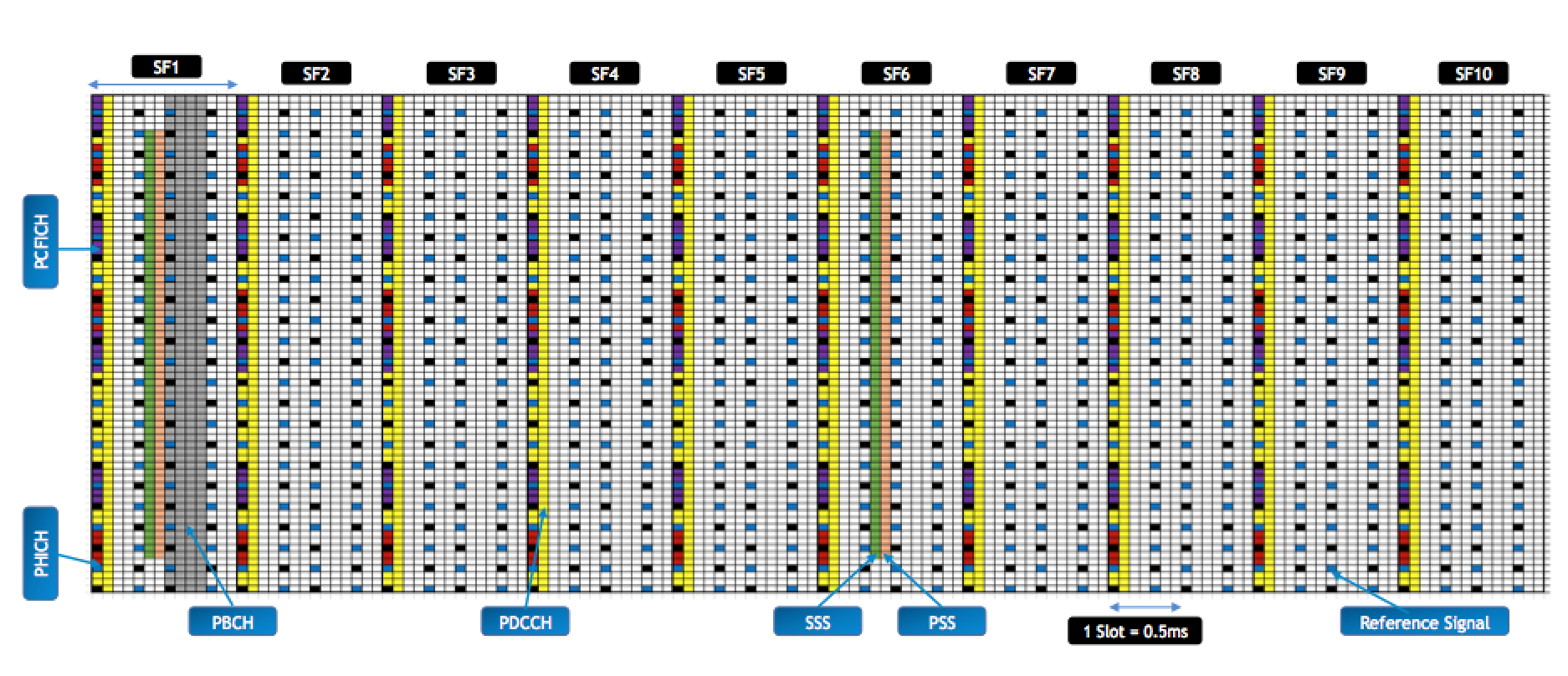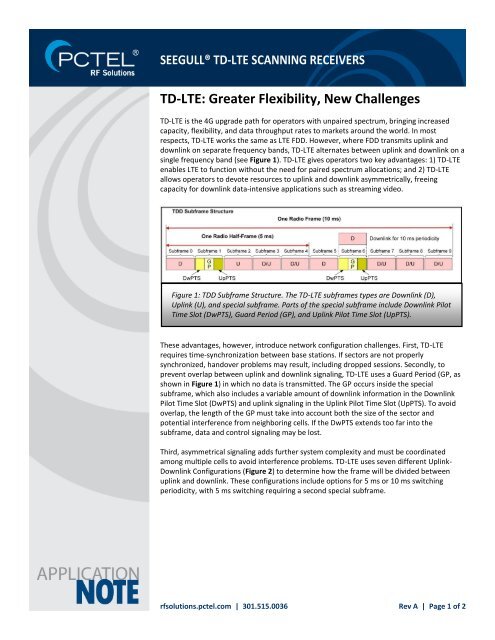1 Slot Lte
PSS and SSS (LTE Synchronization)
After power-up, the UE tries to obtain time and frequency synchronization with the system. For this, UE needs to detect signals to find out where the frame begins and ends. LTE define two type of synchronization signals:
- Primary synchronization signal (PSS)
- Secondary synchronization signal (SSS)
UE uses the Synchronization Signals to:
- Achieve radio frame, subframe, slot and symbol synchronization in the time domain
- Identify the center of the channel bandwidth in the frequency domain
- Deduce the Physical layer Cell Identity (PCI)
A heavy-duty 2.4GHz access point with extra miniPCI-e slot, three SIM slots, GNSS support (GPS, GLONASS, BeiDou, Galileo) and LTE modem for International bands 1,2,3,7,8,20,38 and 40 $179.00 LtAP 4G kit. The active use portion consists of (1) a web browsing test accessing 8 popular websites over multiple open tabs, (2) a productivity test utilizing Microsoft Word, PowerPoint, Excel and Outlook, and (3) a portion of time with the device in use with idle applications. Tested with Windows Version 10.0.19041.1(20H1) and Edge version 85.0.564.51. LTE Resource Block CALCULATOR EXAMPLE: Input: LTE Channel Bandwidth = 1.4 MHz Outputs: Number of Resource Blocks per slot = 6; Number of Resource Blocks = 120; Number of used subcarriers = 72; Number of FFT points (i.e. FFT size) = 128. LTE Mini-PIM Overview, LTE Mini-PIM Configuration Overview, Configuring the LTE Mini-PIM as the Primary Interface, Configure LTE Mini-PIM in HA cluster mode, Configuring the LTE Mini-PIM as a Backup Interface, Example: Configuring the LTE Mini-PIM as a Backup Interface, Configuring the LTE Interface as a Dial-on-Demand Interface.
Primary Synchronization Signals:
Primary synchronization signals consist of one of three 62-symbol Zadoff-chu sequences in a cell.
The Primary Synchronization Signal (PSS) is broadcast twice during every radio frame and both transmissions are identical.
In the case of FDD: the PSS is broadcast using the central 62 subcarriers belonging to the last symbol of time slots 0 and 10 «
In the case of TDD: the PSS is broadcast using the central 62 subcarriers belonging to the third symbol of time slot 2 (subframe 1) and the third symbol of time slot 12 (subframe 6)
PSS helps to achieve subframe, slot and symbol synchronization in the time domain, identify the center of the channel bandwidth in the frequency domain and deduce a pointer towards 1 of 3 Physical layer Cell Identities (PCI).
The PSS cannot be used to achieve radio frame synchronization because both transmissions within the radio frame are identical and equally spaced in time.
Secondary Synchronization Signals:
After the primary sync signal acquisition, UE tries to detect the secondary synchronization signal. Secondary synchronization signals are one of 168 codes which are 62-bit sequences. The Secondary Synchronization Signal (SSS) is broadcast twice within every radio frame. The two transmissions of the SSS are different so the UE can detect which is the first and which is the second
In the case of FDD: the SSS is broadcast using the central 62 subcarriers belonging to the second to last symbol of time slots 0 and 10 «
In the case of TDD: the SSS is broadcast using the central 62 subcarriers belonging to the last symbol of time slot 1 (subframe 0) and the last symbol of time slot 11 (subframe 5)
SSS helps to achieve radio frame synchronization and deduce a pointer towards 1 of 168 Physical layer Cell Identity (PCI) groups.
Below diagram shows how PSS and SSS helps finding the Physical Layer Cell ID.
Related Posts:
Categories
5G/4G/3G Antennas
WiFi Extender
Outdoor Enclosures
Remote Management Software
Comset SMS App
Accessories
Resources
What is 5G?
What is LTE Advanced?
What is an industrial router?
How to find your nearest cellular tower
List of LTE networks in Australia and around the world
Frequently asked questions (FAQ)
Video Tutorials
0
>> Basic Features
1 Slot Lte Phone
- Supports multi-band 4G, 4GX, DC-HSPA+, HSPA+, HSPA, UMTS, GSM, GPRS, EDGE
- SMA Standard antenna (4 magnetic base antennas included)
- Optimized EMC design
- Always on-line: On-line detection and automatic redial
- Wide range power input (5-40VDC)
- Smart power management
- Reliable, flexible, easy to use
- User friendly set-up wizard for easy configuration and setup
- Network traffic real-time graphs
- Network Diagnostic Tools (Ping, Traceroute and NSLookup)
- RS-232 interface transparent communication (DTU modem function)
- 1 Ethernet LAN RJ45 port & 1 Ethernet WAN RJ45 port
- WiFi 802.11b/g/n N300
>> Enhanced Features
- Real-time clock
- VPN Server/Client (Open VPN, PPTP, L2TP, IPSec), and VPN pass-through
- Built-in DHCP server
- Supports DHCP Relay
- Supports NAT and DMZ host
- Supports DNS proxy and Dynamic DNS (DDNS)
- Supports Static routing table
- Supports packet filtering
- Built-in multi-routing backup (Ethernet and dialup network)
- System and network monitoring
- WAN interface traffic statistics
- Supports multiple protocol conversion
- Transparent data transmission (DTU feature)
- WEB/Telnet/console management interface
- Supports radio network data envelope counting
- Self-diagnostic and alarm output
- Local/remote profiles backup and retrieve
- Local/remote firmware upgrade via the web
- Remote web management
- Urgent event alarm via SMS
- Firewall, packet filtering
- Supports data center communication
- Supports NTP
- Supports LED status indication
- Supports VLAN ID tagging
- Supports LCP, ICMP check


1 Slot Lte Phones


1 Slot Linear Diffuser
3.3 MB
609 KB
600 KB
846 KB
875 KB
587 KB
592 KB

684 KB
880 KB
393 KB
1. How to insert your SIM card in the Comset CM685 or CM820 3G/4G Router
2. How to configure VPN IPSEC on a Comset CM685V-W or CM820V-W 3G/4G/4GX router using DynDNS
3. How to configure Port Forwarding using DynDNS on a Comset CM685V-W or CM820V-W 3G/4G/4GX Router
4. How to configure Backup Redundancy on a Comset CM685V-W or CM820V-W 3G/4G/4GX Router
5. How to configure the SMS Command on a Comset CM685V-W or CM820V-W 3G/4G/4GX Router
Lte 1 Slot
6. How to configure IP Pass-through on the Comset CM685V and CM820V 3G/4G/4GX Router